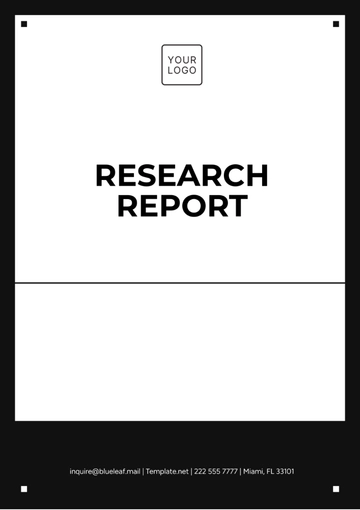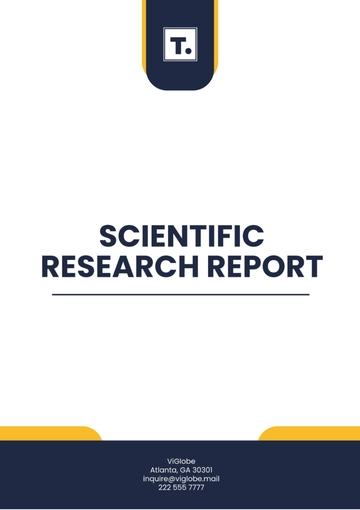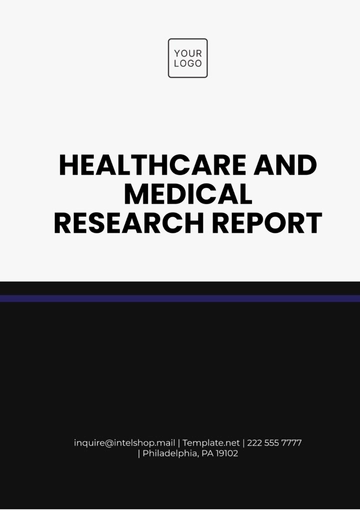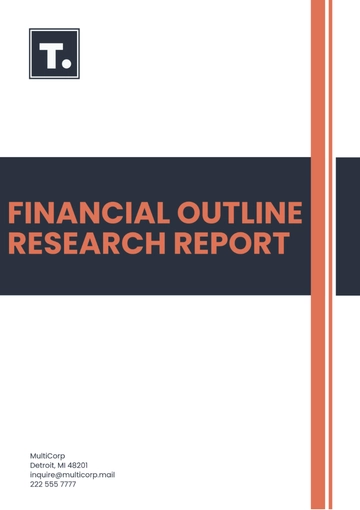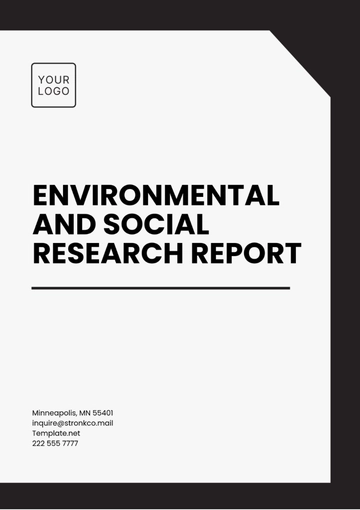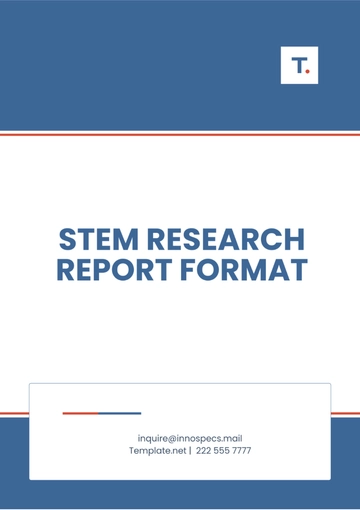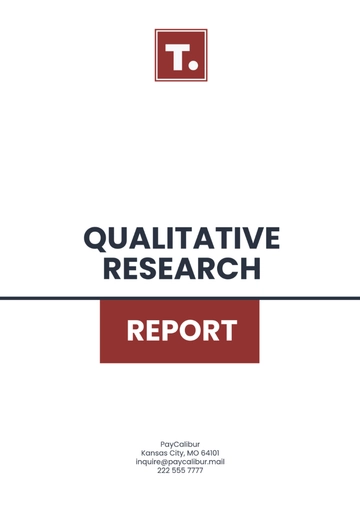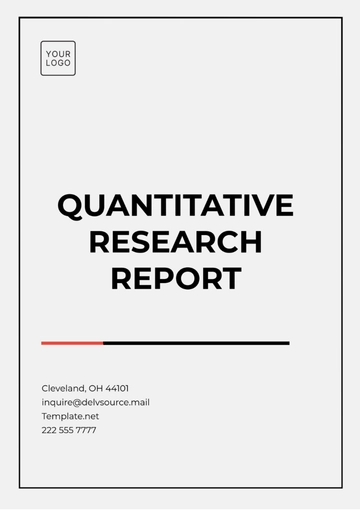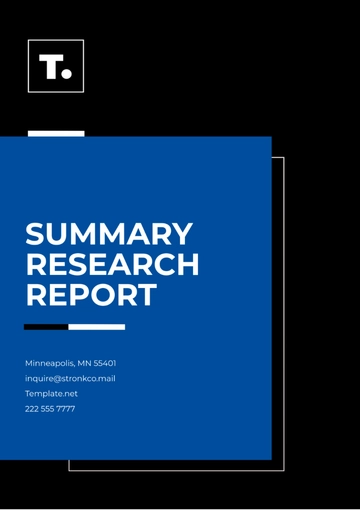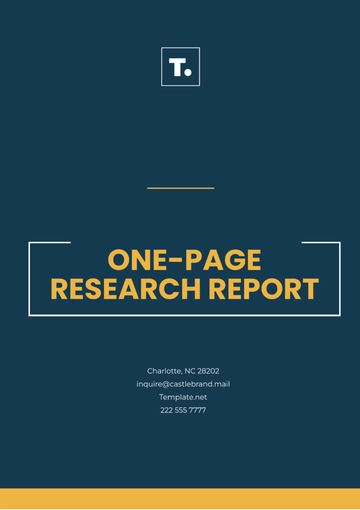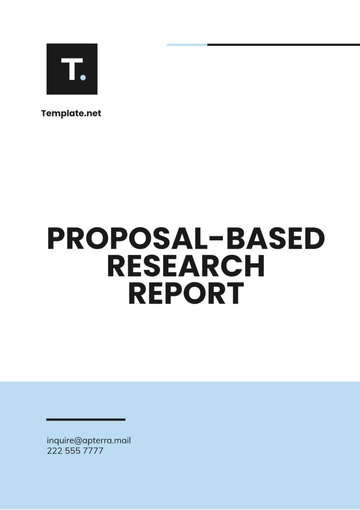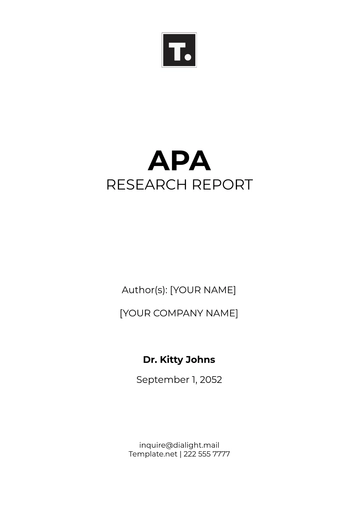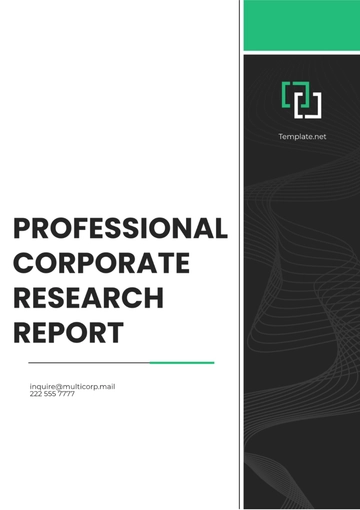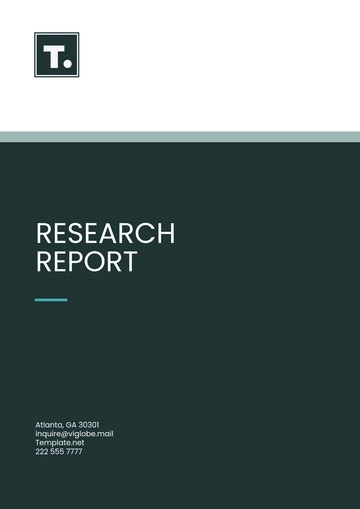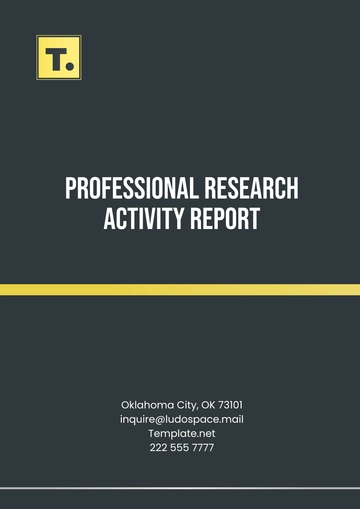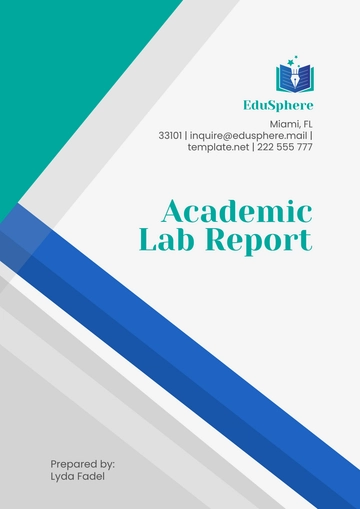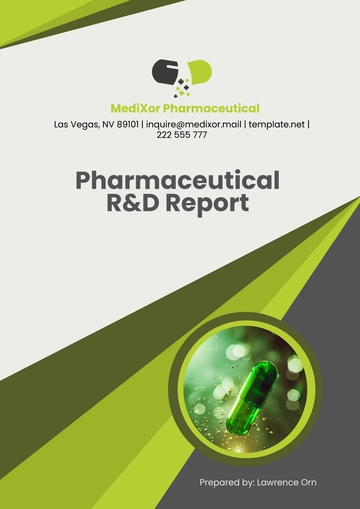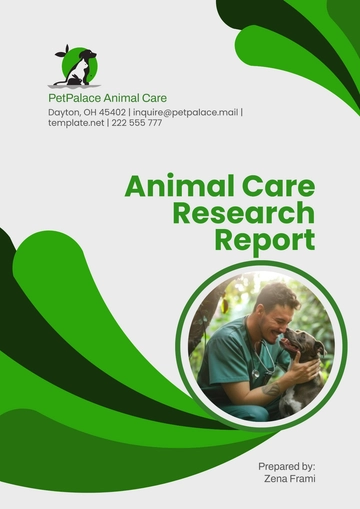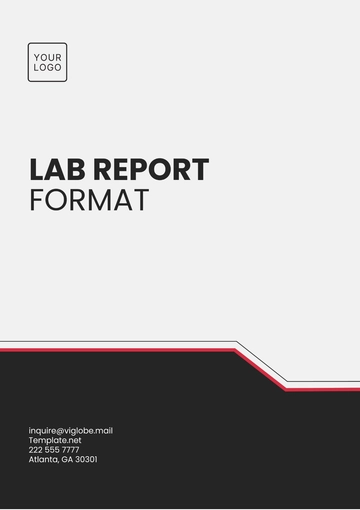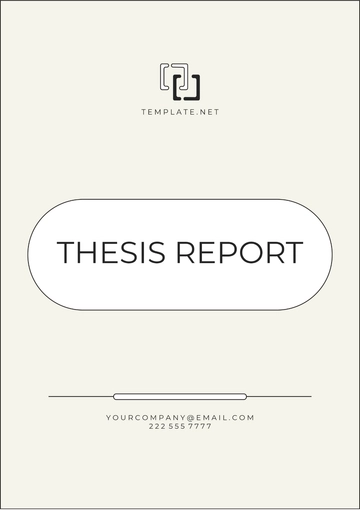Free Pharmacology Lab Report
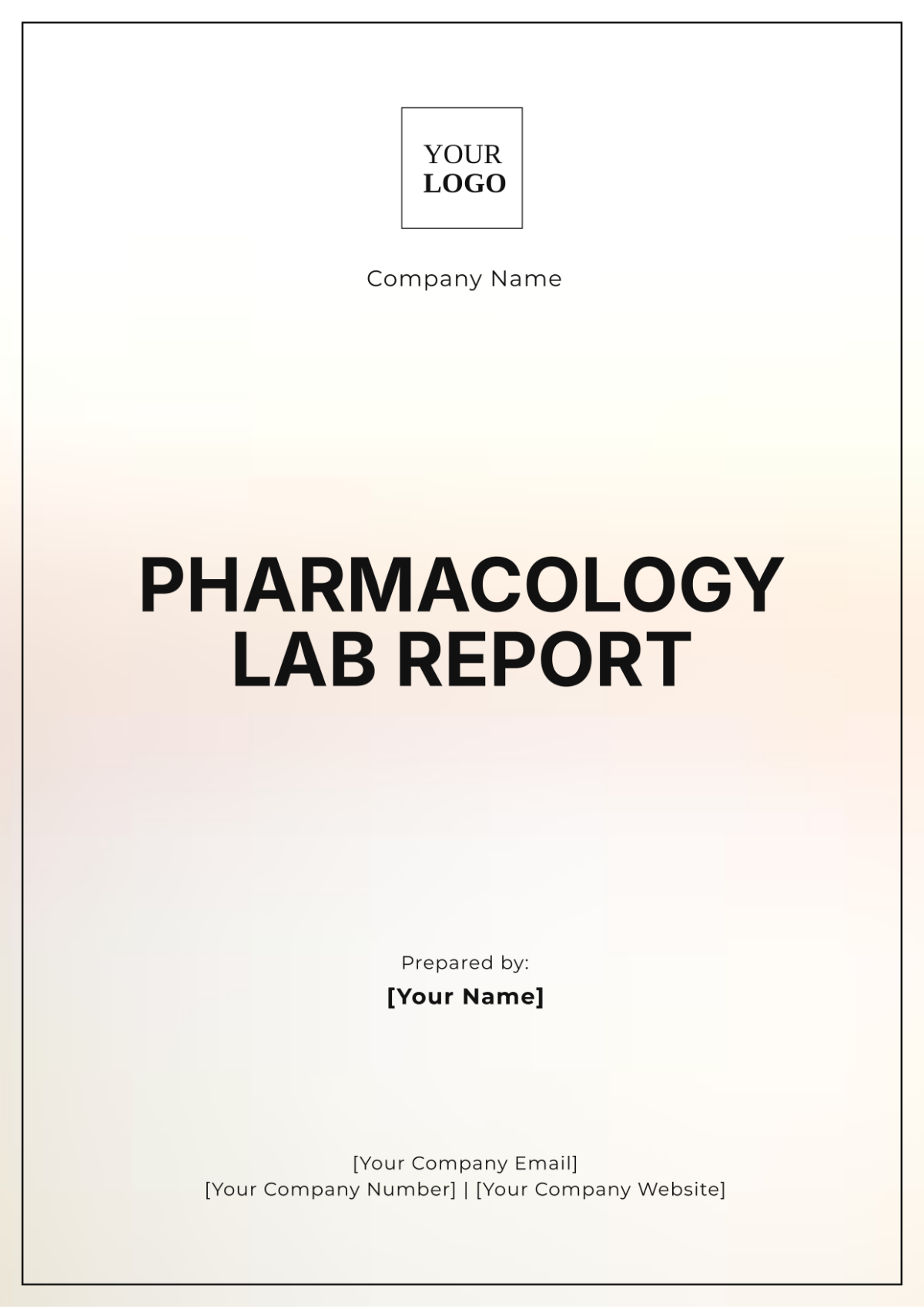
Introduction
This pharmacology lab report details the results of various experiments and research conducted to analyze the effects and interactions of different drugs in biological systems. This report encompasses a wide array of studies including drug efficacy, pharmacokinetics, and pharmacodynamics, along with their mechanisms of action.
Materials and Methods
Materials
Chemicals: Drug A, Drug B, Solvents, Reagents
Equipment: Spectrophotometer, Centrifuge, pH meter, Analytical Balance
Biological Samples: Human cell lines, Animal models (rats, mice)
Methods
Drug Preparation
Drugs were prepared by dissolving in an appropriate solvent to attain the required concentrations. Drug solutions were then sterilized using membrane filters and stored under refrigerated conditions until further use.
Experimental Procedure
Cells were cultured in 96-well plates until they reached 70% confluency.
Drug solutions were added at varying concentrations to different wells.
Incubation was carried out for 24 hours at 37°C in a CO2 incubator.
Post-treatment, cell viability was assessed using the MTT assay.
Absorbance was measured at 570 nm using a spectrophotometer.
Results
Efficacy of Drug A
Drug A showed a dose-dependent increase in cellular response as measured by the MTT assay. Table 1 below details the percentage increase in cell viability with varying concentrations of Drug A.
Concentration (µM) | Cell Viability (%) |
|---|---|
0 | 100% |
1 | 110% |
5 | 135% |
10 | 160% |
Pharmacokinetics of Drug B
Drug B's pharmacokinetic profile was analyzed using plasma samples obtained from rats at various time intervals post-administration. The drug concentration was measured using HPLC.
Time (hours) | Plasma Concentration (ng/mL) |
|---|---|
0 | 0 |
1 | 50 |
2 | 90 |
4 | 120 |
8 | 80 |
24 | 30 |
Mechanism of Action
The mechanism of action for Drug A was investigated using Western blot analysis. The expression levels of key proteins involved in the targeted pathway were quantified. The results indicate that Drug A significantly upregulates Protein X while downregulating Protein Y, suggesting a modulation of the signaling pathway.
Discussion
The experiments conducted in this study reveal significant findings about the efficacy, pharmacokinetics, and mechanism of action of Drugs A and B. Drug A demonstrates a potent dose-dependent increase in cell viability, indicative of its therapeutic potential. Drug B’s pharmacokinetic profile shows a high plasma concentration at 4 hours post-administration, suggesting optimal timing for therapeutic effects. Further research is essential to fully understand the long-term impact and therapeutic windows of these drugs. Additional studies in both in-vitro and in-vivo models will help corroborate these preliminary findings and facilitate the clinical translation of these drugs.
Conclusion
This comprehensive pharmacology lab report presents key insights into the drugs studied, laying the groundwork for future research and potential therapeutic applications. The detailed analysis of drug efficacy, kinetics, and mechanisms paves the way for the development of effective treatment protocols and drug formulations.
References
Smith, J. et al., "Pharmacokinetics and Drug Interactions," Journal of Pharmacology, 2054.
Doe, A. et al., "Mechanisms of Drug Action," Pharmaceutical Research, 2055.
Johnson, K. et al., "Efficacy of New Pharmaceuticals," Clinical Drug Trials, 2057.
- 100% Customizable, free editor
- Access 1 Million+ Templates, photo’s & graphics
- Download or share as a template
- Click and replace photos, graphics, text, backgrounds
- Resize, crop, AI write & more
- Access advanced editor
Present pharmacology data professionally with Template.net’s customizable Pharmacology Lab Report Template. Editable in our Ai Editor Tool, this template makes it easy to tailor your reports for clear, detailed, and accurate presentation of lab findings.
You may also like
- Sales Report
- Daily Report
- Project Report
- Business Report
- Weekly Report
- Incident Report
- Annual Report
- Report Layout
- Report Design
- Progress Report
- Marketing Report
- Company Report
- Monthly Report
- Audit Report
- Status Report
- School Report
- Reports Hr
- Management Report
- Project Status Report
- Handover Report
- Health And Safety Report
- Restaurant Report
- Construction Report
- Research Report
- Evaluation Report
- Investigation Report
- Employee Report
- Advertising Report
- Weekly Status Report
- Project Management Report
- Finance Report
- Service Report
- Technical Report
- Meeting Report
- Quarterly Report
- Inspection Report
- Medical Report
- Test Report
- Summary Report
- Inventory Report
- Valuation Report
- Operations Report
- Payroll Report
- Training Report
- Job Report
- Case Report
- Performance Report
- Board Report
- Internal Audit Report
- Student Report
- Monthly Management Report
- Small Business Report
- Accident Report
- Call Center Report
- Activity Report
- IT and Software Report
- Internship Report
- Visit Report
- Product Report
- Book Report
- Property Report
- Recruitment Report
- University Report
- Event Report
- SEO Report
- Conference Report
- Narrative Report
- Nursing Home Report
- Preschool Report
- Call Report
- Customer Report
- Employee Incident Report
- Accomplishment Report
- Social Media Report
- Work From Home Report
- Security Report
- Damage Report
- Quality Report
- Internal Report
- Nurse Report
- Real Estate Report
- Hotel Report
- Equipment Report
- Credit Report
- Field Report
- Non Profit Report
- Maintenance Report
- News Report
- Survey Report
- Executive Report
- Law Firm Report
- Advertising Agency Report
- Interior Design Report
- Travel Agency Report
- Stock Report
- Salon Report
- Bug Report
- Workplace Report
- Action Report
- Investor Report
- Cleaning Services Report
- Consulting Report
- Freelancer Report
- Site Visit Report
- Trip Report
- Classroom Observation Report
- Vehicle Report
- Final Report
- Software Report
